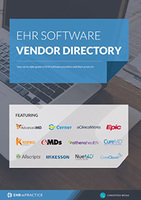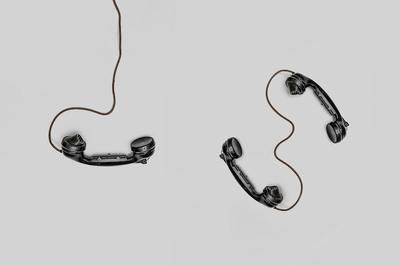Four ways real-time data can improve medical reporting
Real-time data from medical reporting can impact the efficiency and accuracy of medical reporting, which translates into better patient care and better public health. Here are 4 ways in which real-time EHR data can improve the efficiency and accuracy of medical reporting.
1. Reduced likelihood of error
Documenting in real time reduces the likelihood of transcription errors. If a clinician is expected to remember vitals or is supposed to transcribe them from a paper note to an electronic system, the likelihood of inaccurate data increases due to human error. For this reason, having electronic systems readily accessible during patient intake is essential. If the electronic health system can accurately capture patient vital information and results, then human errors can be reduced.
Recommended reading: find an EHR with real-time data input with our completely up-to-date EHR vendor directory
2. Active monitoring of early detectable medical measures
For many real-time systems, there are built in alert systems for EHR data that is outside suggested parameters. These real-time alerts can greatly improve patient care and the healthcare provider’s clinical judgement and communication.
For example, if a patient is being seen in a home health setting and vitals are continuously monitored, then real-time capture of vital information can help ensure patient safety and optimal patient care. If a temperature, blood pressure or other vital sign is outside normal parameters or is trending in a negative manner, then the EHR system can provide an alert. This can trigger the clinician to contact the physician or to determine if further testing is needed. Without real-time functionality, a potentially serious condition or infection may lead to a more serious development of sepsis or wound infection.
3. Improved public reporting and surveillance
Real-time documenting allows public health information to be shared across the country. Public health can be tracked for like diagnoses, specific geographical locations, and even specific age populations. By reporting de-identified medical information to public health reporting systems, organizations can make recommendations for best practices and appropriate care plans.
From this information, public health services can be improved and funding more appropriately allocated. Additionally, organizations can better address the needs of specific patient populations, such as needed immunizations and screenings as well as medication management needs.
4. Increased communication between providers
By logging data in real-time interoperable EHR systems, clinicians have up-to-date information on lab tests, imaging studies, and medication prescribing. healthcare providers across specialties and disciplines can therefore access and share the most up-to-date information about a shared patient, so they can make important health decisions more quickly.
Free white paper

EHR Vendor Directory
Get the most up-to-date directory of EHR software vendors. Find the best software for your practice.

Featured white papers
Related articles
-

EHR interoperability challenges and solutions
Why EHR interoperability is important, and how to improve it
-

Top ophthalmology EHRs for your selection shortlist
Got your eye on a new ophthalmology EHR? Here are some top contenders.
-

Allscripts acquires Practice Fusion: what this means for users
What effect will Allscripts' Practice Fusion acquisition have on the EHR market



